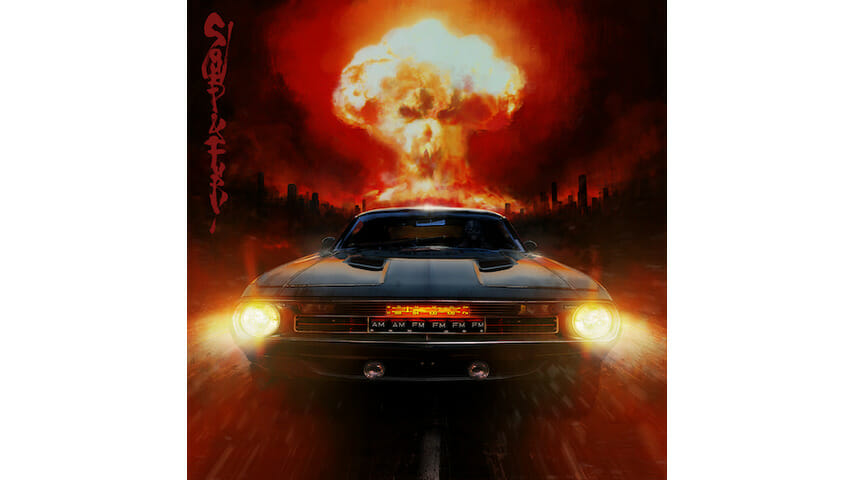Sturgill Simpson Applies Brute Strength to Sound & Fury
Songs will accompany anime film by Batman Ninja creators

Subtlety is not a hallmark of Sturgill Simpson’s sound, but he turned that directness into a strength on his 2016 album, A Sailor’s Guide to Earth. It was a bold, sprawling collection of songs that drew on a mix of genres, and even most of the slower jams had an unrelenting intensity. But his full-bore aesthetic doesn’t serve Simpson as well on his latest.
Sound & Fury is a brute strength record, full of needle-in-the-red guitars and vocals pushed to the edge of distortion, and sometimes past it. There has already been a lot of buzz about how this is Simpson’s “rock” album, which is true enough, but it also misses the point: Though his 2014 breakthrough Metamodern Sounds in Country Music pegged him as a latter-day country traditionalist, Simpson was neck-deep in blues and soul on A Sailor’s Guide to Earth. It’s more accurate to say that while ’70s-style outlaw country music was a starting point for Simpson, he’s not willing to let it box him in for the sake of other people’s expectations.
-

-

-

-

-

-

-

-

-

-

-

-

-

-

-

-

-

-

-

-

-

-

-

-

-

-

-

-

-

-

-

-

-

-

-

-

-

-

-

-








































